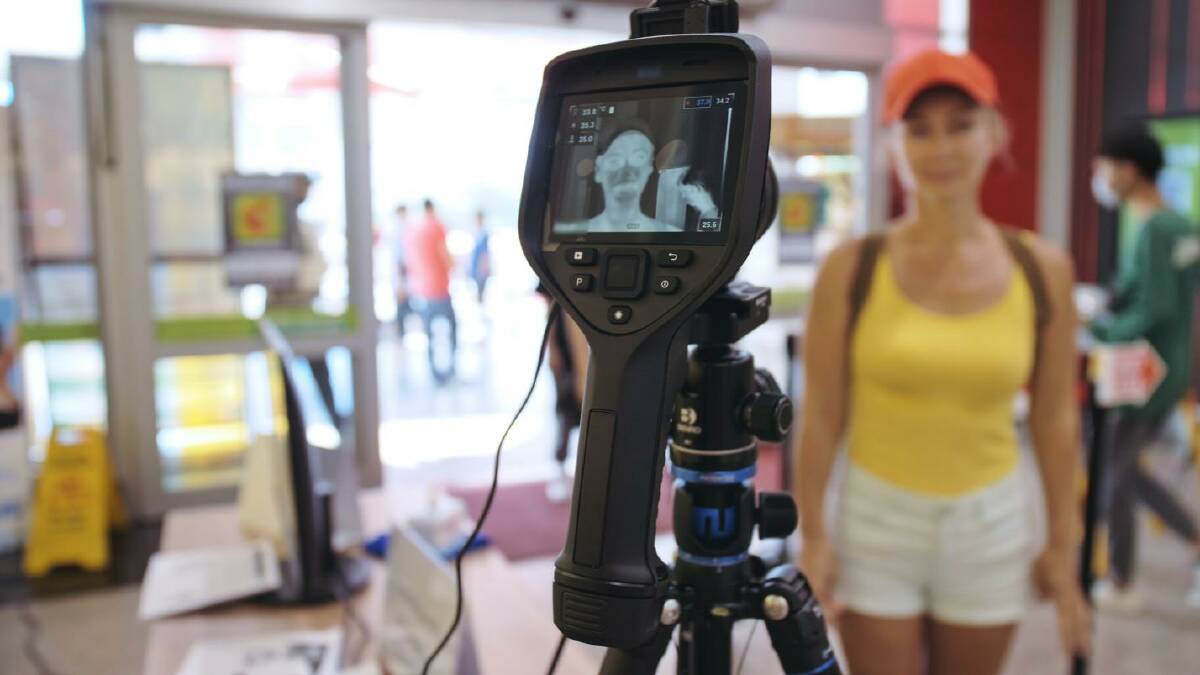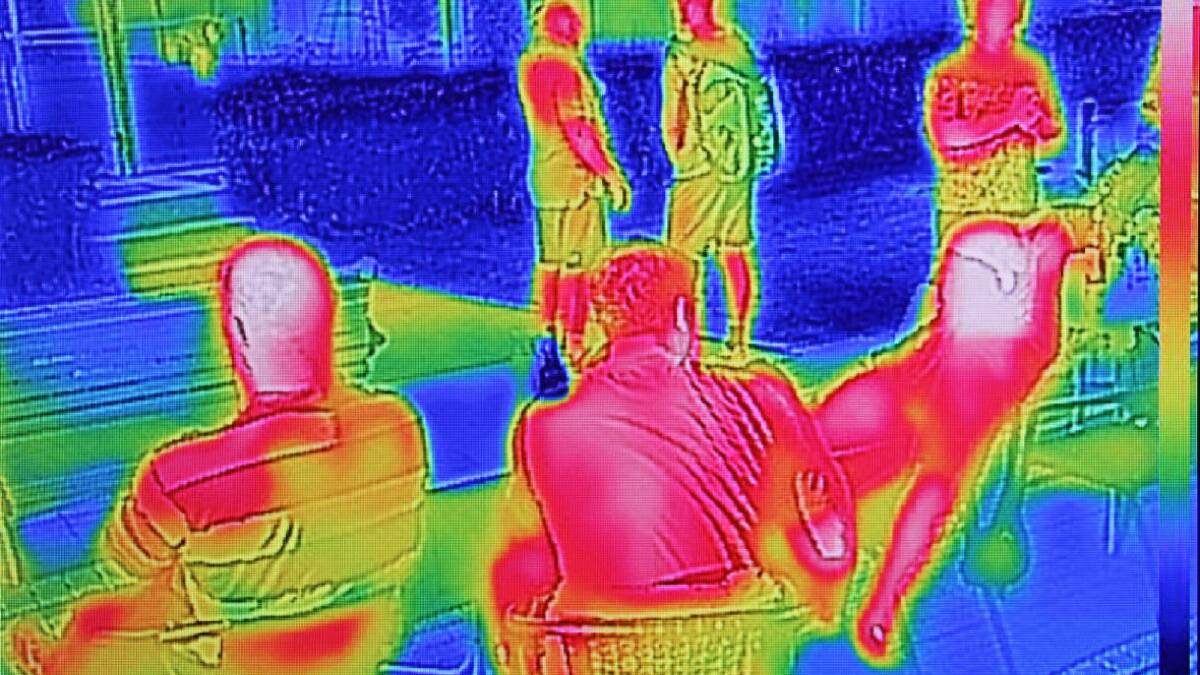How to choose the best thermal imaging cameras

This is sponsored content for Pyrosales.
When one thinks about thermal imaging cameras, search and security come to mind. It is one of the most in-demand and practical tools for locating heat signatures of living targets. There are many applications for thermal cameras, and nowadays, you can even get one installed outside your home.
Thermal imaging cameras hold one purpose, but not all are the same. There are different quality and performance. You will find ones you can afford and ones in a specific price range. But before you pull your money out of your pocket, you should know what you need in a thermal camera.
Key considerations for buying a thermal imaging camera
These types of cameras are not just for the ordinary house security enthusiast. Thermal imaging cameras, at best, are military-grade - and they need to be for both, pinpointing and protection. If you are a newbie to what you are looking for, keep the following in mind.
1. Purpose
The kind of thermal imaging camera you need should be appropriate to what you need it to avoid mistakes. There is no such thing as a one-size-fits-all when it comes to these cameras. Apart from the military, local authorities and civilians need it for various reasons:
For building inspectors for surveying structures.
For locating overheating components done by power line maintenance technicians.
For firefighters to spot trapped bodies beyond fire and smoke and finding hotspots.
For law enforcers who do surveillance, capturing suspects and rescue missions.
For vets and physicians who need to check the temperature of humans and animals.
Knowing what you will use it for will help you narrow down the features your ideal camera must-have.
2. Temperature
When you understand thermal imaging cameras, you will naturally want to know the temperatures related to the resolution you need and of the object you will be measuring. One example is measuring a person's heat signature. During this pandemic, establishments are now eyeing the use of IR technology to measure customer temperature. These will help you pick the right camera suitable for your needs.
3. Image quality
Are you paying for a camera to see if any people are trespassing your property or if there are just animals loitering the area? You don't want blurry pictures when you need your camera to help you spot trouble. Therefore, it's crucial to get one that has a high resolution, especially when you want to see targets or movements from afar.
Thermal cameras with very high detector resolution can provide you with the best imagery that may provide support information or evidence in an accident. Remember that the detector resolution is different from the display resolution. The former is what you should focus on.
4. Range
Building inspectors always rely on this feature. The range is the measurement of temperatures at the lowest and highest and allows the inspector to make measurements in different structures such as commercial buildings. Depending on the construction applications, certain temperatures are standard, and at times, the higher or lower temperatures may come as an exception. That is why your IR camera must be able to measure accurately.
5. Advances features
A fancy IR camera may not be appropriate if you only need one for the most basic purpose. It is because, first, you will need to have knowledge of the basic features of a thermal imaging camera and how to use them. Secondly, high-end IR cameras typically cost a lot, and you won't want to pay more for features that you will not apply. It is better to start with a more affordable camera from a reputable manufacturer and learn how to best use its features.
6. Convenience
IR cameras for the same purpose also come in a variety of shapes, weight, sizes, controls, and more. It would help to have an accurate camera, and the trivial matters must not bother you, especially in operation. IR cameras must be portable and should be easy to maneuver at various angles. The functions must allow you to perform your task more efficiently. It should also be lightweight and does not cause strain on your arms or shoulders. Your camera must also have enough battery supply to last you while at work. At best, they can go up to 4 hours of continuous operation.
7. Manufacturer/creator
It is common to assume that the more well-known the manufacturers are the better quality you will get from the products, which is true most of the time. The manufacturer's reputation is always worth looking into because the product quality makes or breaks their profile. More than quality, top-notch IR camera creators always test their models in real-life scenarios. Manufacturers also make it a point to include in their marketing ads or websites which purposes their models serve the best. Organisations that make use of IR cameras and create reviews will mention the best brands by a specific company.
The takeaway
Thermal imaging cameras are beneficial in various situations where you need it for detection. It is equipment that also requires care and proper handling. Please take advantage of all its features even as a beginner by watching tutorials and following instructions. Getting an IR camera requires time and consideration, and you must be willing to consider reviews. Doing your due diligence will save you from a lot of headaches later.
This is sponsored content for Pyrosales.



